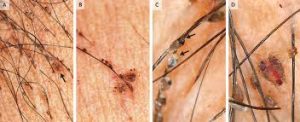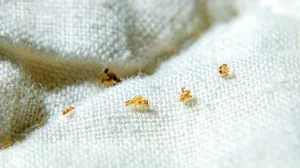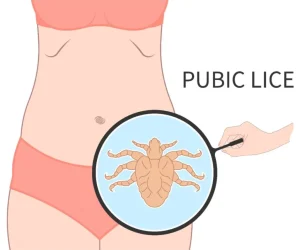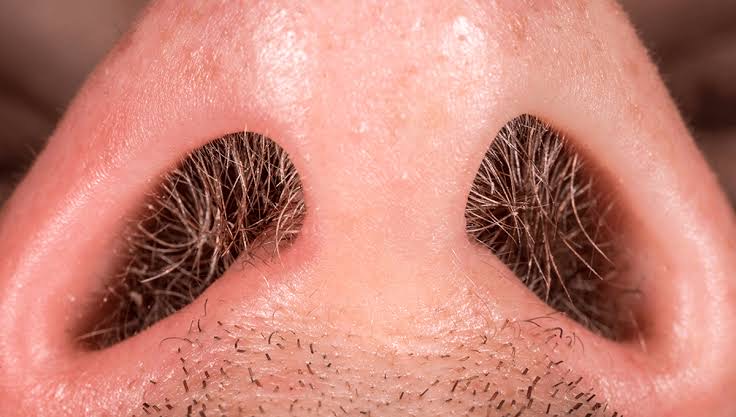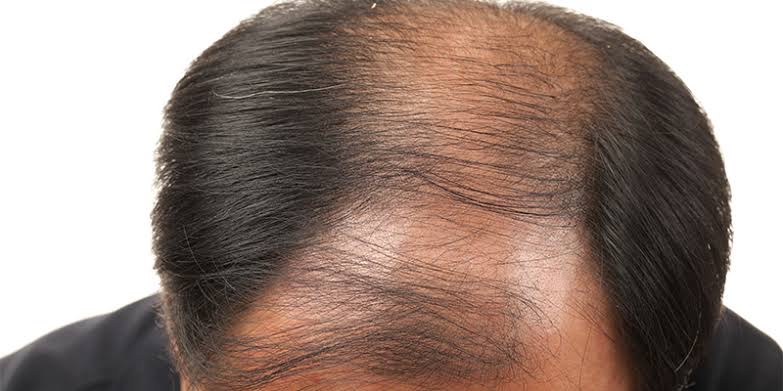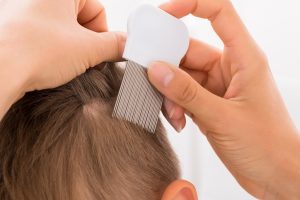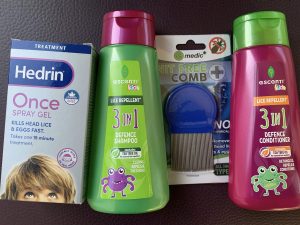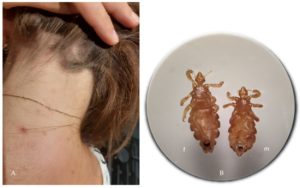Hair loss is a common condition that affects millions of people worldwide. It can be temporary or permanent and may result from genetics, health conditions, lifestyle choices, or environmental factors. Understanding the causes and available treatments can help manage and, in some cases, reverse hair loss.
Common Causes of Hair Loss
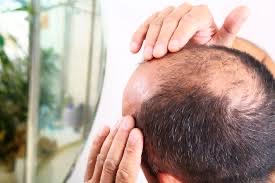
1. Genetics (Androgenetic Alopecia)
Also known as male or female pattern baldness, genetic hair loss is the most common cause. It occurs gradually and follows predictable patterns, such as a receding hairline in men or thinning at the crown in women.
2. Hormonal Changes
Hormonal imbalances due to pregnancy, childbirth, menopause, or thyroid disorders can lead to temporary or permanent hair loss.
3. Medical Conditions and Treatments
– Alopecia Areata – An autoimmune disease where the immune system attacks hair follicles, causing patchy hair loss.
– Scalp Infections – Fungal infections like ringworm can cause hair to fall out in patches.
– Medications – Drugs used for cancer, arthritis, depression, heart problems, and high blood pressure can trigger the loss.
– Chemotherapy – Cancer treatments often lead to temporary but significant hair loss.
4. Poor Diet and Nutritional Deficiencies
Lack of essential nutrients like iron, protein, biotin, and vitamins (especially vitamin D) can weaken hair follicles and cause shedding.
5. Stress and Lifestyle Factors
– Telogen Effluvium – A temporary condition where excessive stress, illness, or sudden weight loss pushes hair into a resting phase, leading to noticeable shedding.
– Hairstyling and Heat Damage – Frequent use of heat tools, tight hairstyles (like braids and ponytails), and harsh chemical treatments can weaken hair and cause breakage.
Signs and Symptoms of Hair Loss

– Gradual thinning on the scalp
– Bald spots or patches
– Widening part in women
– Receding hairline in men
– Excessive shedding after brushing or washing
– Complete hair loss in severe cases
How to Prevent Hair Loss
While some types of loss cannot be prevented, the following tips can help reduce the risk:
– Eat a balanced diet rich in proteins, vitamins, and minerals.
– Reduce stress through relaxation techniques like meditation and exercise.
– Avoid tight hairstyles that pull on the scalp.
– Limit heat and chemical treatments on your hair.
– Use mild, sulfate-free shampoos to prevent scalp irritation.
Treatment Options for Hair Losses
1. Medications
– Minoxidil (Rogaine) – A topical treatment that stimulates growth and slows loss.
– Finasteride (Propecia) – A prescription pill for male pattern baldness that blocks the hormone responsible for loss.
2. Hair Transplant Surgery
A procedure where hair follicles from other parts of the body are transplanted to thinning or bald areas.
3. PRP Therapy (Platelet-Rich Plasma)
This involves injecting the patient’s plasma into the scalp to promote hair regrowth.
4. Natural Remedies
– Coconut Oil – Strengthens and reduces protein loss.
– Aloe Vera – Soothes the scalp and promotes hair growth.
– Onion Juice – Contains sulfur, which may stimulate hair follicles.
When to See a Doctor
If the loss is sudden, excessive, or accompanied by other symptoms like itching, redness, or pain, consult a dermatologist. Early intervention can prevent further damage and improve treatment outcomes.
Conclusion
Hair losses can be distressing, but with the right approach, it can be managed or even reversed. Identifying the cause and taking proactive steps can help maintain healthy, strong hair. If hair losses persists, seeking professional advice is the best course of action.

 Travel4 weeks ago
Travel4 weeks ago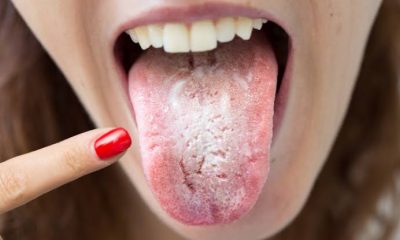
 Health2 weeks ago
Health2 weeks ago
 Health3 weeks ago
Health3 weeks ago
 Health3 weeks ago
Health3 weeks ago
